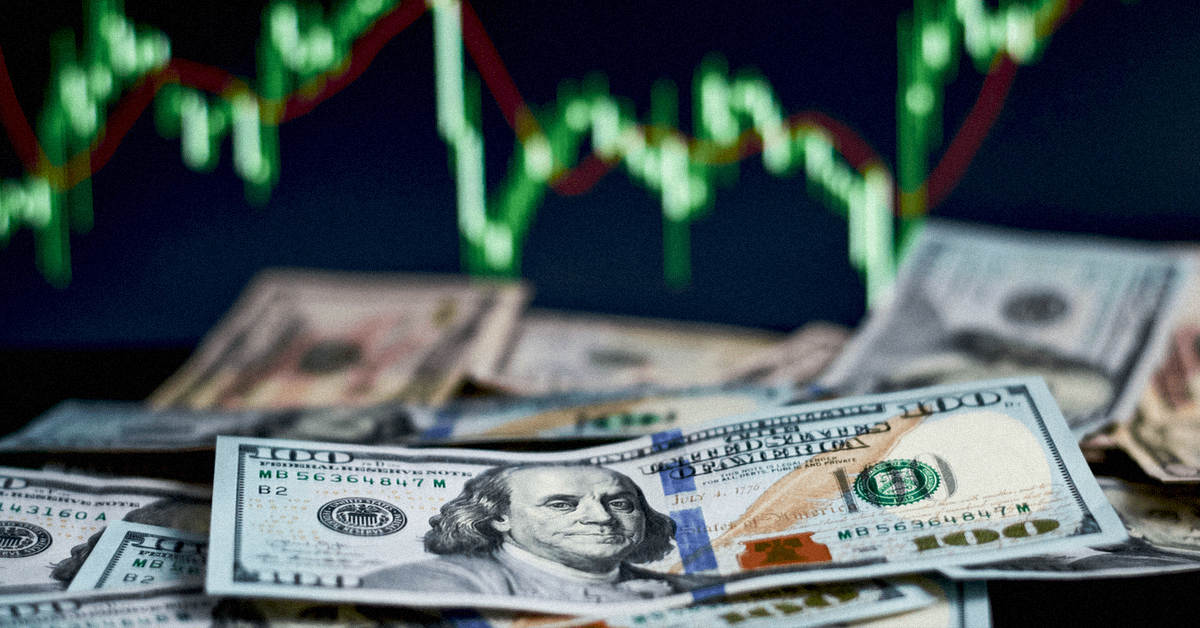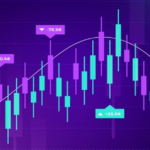What is the US Dollar Index?
The US Dollar Index (DXY, DX, USDX) measures the value of the United States dollar relative to a basket of other currencies, including the currencies of some of the US’s major trading partners. The Dollar Index rises when the US dollar gains strength compared to the other currencies in the basket and falls when the dollar weakens.
Which currencies are included in the US Dollar Index?
The US Dollar Index measures the US dollar against six global currencies: the euro, Swiss franc, Japanese yen, Canadian dollar, British pound, and Swedish krona.
The currency basket has been altered once since the creation of the index. In 1999 the euro replaced many European currencies previously in the index, such as Germany’s currency, the Deutsche Mark.
Specific currencies in the USDX might be replaced over the coming years if the index needs to represent the US’s main trading partners. China’s yuan (CNY) and Mexico’s peso (MXN) could replace the Swiss franc and Swedish Krona because China and Mexico are significant partners of the United States. Alternatively, the USDX could expand to include yuan and pesos.
How is the Dollar Index weighted?
The Dollar Index is weighted to reflect it’s value compared to the US dollar. The value of each currency is multiplied by its weight on the index. The EUR is the most significant component-part of the USDX, accounting for 57.6% of the basket. This is due to the continued representation of ‘legacy’ European currencies that were all replaced by the euro.
History of the US Dollar Index (USDX)
The USDX launched in 1973 after the Bretton Woods Agreement ended. The central bank agreement smoothed monetary policy relations between independent states, and established commercial and financial ties between the United States, Canada, Western European countries and Australia.
After coming off the gold standard the Bretton Woods Agreement supported, the Dollar Index provided a method for markets to establish the globe’s reserve currency value.
US Dollar Index highs and lows
When the USDX began back in 1973, it had a base value of 100. The values since then its inception are compared to this 100-number base. The USDX has traded in a wide range during its history.
Its all-time high was 163.83 on March 5, 1985 and its all-time low was 71.58 on April 22, 2008. As of March 31, 2021, the index was at 93.26 – below the initial value of 100, making it undervalued compared to other currencies.
What moves the price of the US Dollar Index?
The price of the USDX is moved by macroeconomic events and data, such as GDP economic growth, the economic health of each country, and the monetary and fiscal policies of each central bank.
Another large influence on the US Dollar index’s price is safe haven inflows. The index can rise during periods of uncertainty if traders regard the US dollar as a value store amid global economic crises. The index can fall if risk-on sentiment dominates and investors sell off USD and move into riskier assets.
How to trade the dollar index
You can trade the US Dollar Index just like an equity index. Instead of buying and selling several securities simultaneously, you’d only deal in one. In this case, rather than trading several US Dollar pairs, you can trade one index that should rise and fall in line with the overall USD market sentiment.
The index is popular among FX traders who might not have the time to constantly monitor each USD pair’s movements throughout the daily sessions. Due to the volume of trading in the USD and the index, the spreads or commissions can be competitive.
If the USDX rises, then the US dollar has gained in strength versus the other currencies in the basket. It’s reasonable to assume that if the index is bullish, then overall confidence in USD (US dollar) is high.
You might also adjust your long and short positions based on whether the USDX is up or down. For example, if the index is bullish, you might want to reappraise any short market positions they hold in USD/JPY and USD/CHF.












0 Comments